Introduction to Sedum
Embark on a journey into the verdant realm of sedum, commonly celebrated as “stonecrop”. These robust plants weave a tapestry of resilience across a variety of landscapes, acclaimed not only for their ecological importance but also for adorning our gardens with minimalist elegance. But what truly captivates the heart of botanists and garden enthusiasts alike?
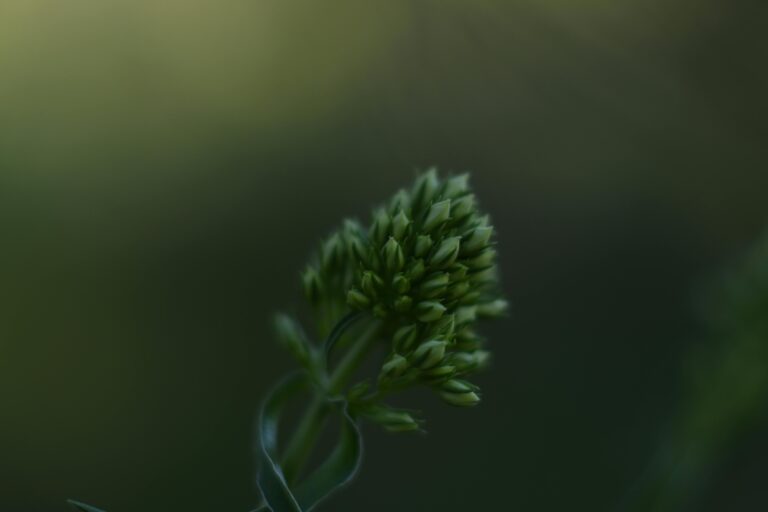
Peering into the world of sedum, one finds a symphony of adaptations that pave the way for their survival in harsh environments. Picture a sedum perched atop a rugged cliff, its roots embracing the rocky crags, undeterred by the howling wind. It’s a testament to nature’s ingenuity, how these plants flourish where others merely strive to exist. Check out this in-depth resource to dive deeper into the versatility of sedum plants.
As you stroll through your local nursery, the sedum beckons. With an allure that draws you in, it’s a call to reconnect with the earth. Whether it’s their drought-tolerant nature or the low maintenance they require, sedum plants epitomize the grace of simplicity in our bustling lives. Interestingly, insightful gardening tips prolong the vitality of these stalwarts, ensuring a pulsating vibrance even in the quiet of winter.
The allure of sedum extends far beyond their rugged beauty; it’s an invitation to discover the intertwining of life and land. It’s this unique relationship that we’ll continue to explore, revealing how the sedum’s world is a mirror to our own resilience and capacity to thrive amidst adversity.
Defining the Sedum Genus
Let’s dive into the succulent world of sedum plants, a genus that has mastered the art of survival in the most ingenious ways. Imagine leaves plump with hydration, ready to face any drought that comes their way. These aren’t just any leaves; they are the life-sustaining vessels of sedums, the succulent warriors of the plant kingdom.
Sedums, often known as stonecrops for their uncanny ability to thrive in rocky crevices and barren landscapes, are the quintessential embodiment of versatility. Like little green alchemists, they transform adversity into opportunity, colonizing territories that would spell doom for less hardy species. It’s as if each leaf, heavy with stored water, whispers a secret of survival against all odds.
But it’s not just about endurance; sedum plants are a parade of variety. From ground-hugging mats that seem to claim every inch of soil beneath them to statuesque varieties that reach for the skies with a burst of star-shaped blossoms, sedums manifest in a tapestry of forms and textures. Each variety, a unique adaptation to its environment, each environment, a chapter in the sedum success story.
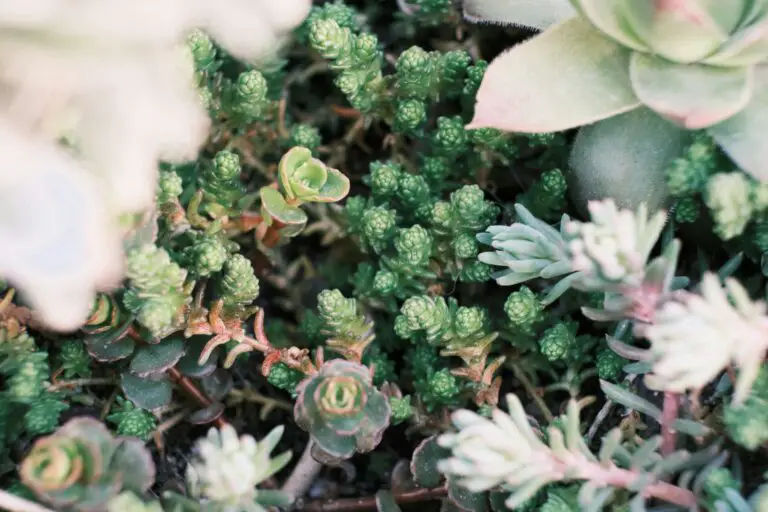
To truly grasp the extent of their hardiness, one only needs to look at the vast array of environments they occupy. From the sun-drenched walls of an urban setting to the windswept slopes of a mountain range, these plants know how to anchor themselves into an existence that others might find inhospitable. Their growing habits are a testament to a tenacity that encourages gardeners and nature enthusiasts to explore the multitude of ways in which sedum can enrich our landscapes.
The sedum’s tale is one of resilience, an evolutionary masterclass in adaptation. Beneath their fleshy exterior and vibrant blooms lie secrets waiting to be unraveled. Secrets that not only reveal where sedum plants are found but also how they inspire us with their unyielding spirit.
Sedum’s Native Habitats
Embark on a journey through the diverse landscapes of our world, and you’ll likely stumble upon the hardy and versatile sedum plant. This resilient stonecrop has a genuine knack for thriving where few other plants dare to set root. Let’s take an engrossing trek across continents and uncover the natural abodes of this remarkable succulent!
The Rugged North American Ranges
In the vast expanse of North America, sedum sings a song of survival. From the sheer cliff faces of the Grand Canyon to the rolling Appalachian hills, these plants aren’t just surviving; they’re flourishing. Imagine a carpet of sedum on a rocky outcrop, basking in the harsh sunlight, unbothered by the swirling gusts of wind. It’s a testament to the plant’s robustness, demonstrating its ability to thrive in extreme conditions.
Europe’s Varied Vistas
Cross the Atlantic and you’ll witness sedum varieties clinging to ancient ruins and castle walls. Europe serves as a historical canvas to this sturdy flora, where they soak up the Mediterranean sun or resist the damp of the northern moors. Picture the sedum wedged between cobblestones in a sleepy Italian village, a splash of green against the time-worn stones.
Asia’s Climatic Challenges
Asia’s drastic climate spectrum puts sedum to the test. From the humid, verdant jungles of Southeast Asia to the stark, frosty landscapes of Siberia, sedum varieties showcase their adaptability. In Japan, the sedum beds might crown a Zen garden, a symbol of enduring beauty amidst the ever-changing seasons.
African Landscapes: Arid to Alpine
Sedum isn’t a stranger to Africa’s wide-ranging environments either. It weathers the arid Sahara’s sandstorms and scales the heights of the Ethiopian highlands. Envision the stonecrop peeking through the cracks of a parched savannah, undaunted by the scorching African sun, or nestling into the misty crags of Mount Kilimanjaro.
Whether clinging to a rocky ledge or finding its niche in a forest clearing, sedum’s presence around the globe is a natural lesson in perseverance and adaptability. With every harsh environment it endures, it paints a picture of survival, a patch of vibrant life in the most unlikely of places. It’s through observing these natural wonders that we truly appreciate the incredible versatility of the stonecrop family.
Ecological Diversity of Sedum
Step into the world of Sedum, and you’ll be greeted by a remarkable resilience that allows these plants to thrive in a tapestry of environments. Picture yourself wandering the rugged, sun-drenched cliffs where Sedum species stand stoic, their fleshy leaves a testament to their drought-evading strategies. Or envision a serene forest floor, dappled with light, where they sprawl modestly among fallen leaves and moss.
The story of Sedum continues as we explore further afield, into the vastness of arid deserts. Here, amidst the barest hints of life, Sedum plants showcase their true grit, hunkering down in rocky crannies, their leaves bursting with stored water, defiant against the scorching sun. Transition now to alpine meadows, where the air crisps with coolness and Sedum takes on miniaturized forms, carpeting the ground with miniature bouquets of hardy greenery.
Every habitat where Sedum plants are found tells a story of adaptation and survival. From tracing their origins to observing their contemporary conquests, Sedum never ceases to amaze. Just as they color cliffs, forests, deserts, and meadows with their presence, they also enrich our understanding of ecological versatility.
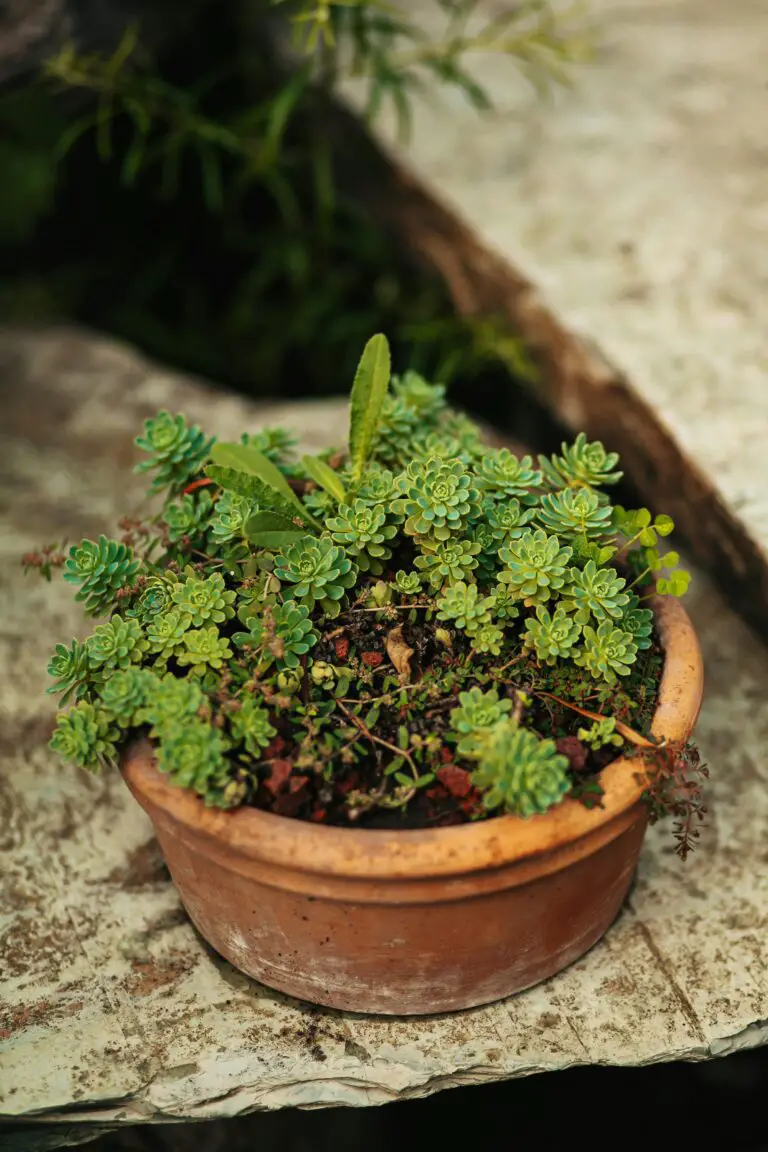
Adaptability and Growth Conditions
Sedum, the versatile maestro of the succulent world, has quite a tale pinned to its root system. With a passport full of stamps, these hardy characters are as widespread as the curiosity they curry. Thriving in the tale-tale nooks and crannies of our globe, sedum exhibits a knack for making a home out of the harshest environments. Whether it’s perched prettily on a rocky ledge, sprawling across sandy soils, or nestling into the cracks of urban landscapes, sedum’s adaptability is nothing short of remarkable.
What’s the secret behind their resolute resilience? Well, these succulents pack a powerful punch in their ability to withstand the extremes—nursing moisture within thick leaves and stern stems that scoff at droughts. The natural world has dealt them a hand that plays well in nutrient-poor soils, and that’s where they flourish, unperturbed by soils that send other plants packing. But wait, there’s more—their sun worshipping is legendary, as they bask in full sunlight, yet some varieties cut some slack, tolerating shade like a relaxed Sunday picnic.
Now, picture the Green Sedum sexangulare, an ornamental marvel, gracefully decking out garden spaces and green roofs. It’s not just a feast for the eyes but a buffet for local pollinators to dive into. Speaking of fare, proper care for these green gladiators isn’t rocket science. It’s the sort of easy-going gardening that invites newbies and pros to get their hands dirty—it’s gardening made accessible, topped with a bow of low maintenance.
From the rolling hills of Europe to the craggy cliffs of North America, sedum shuns the notion of continental allegiance, respecting no boundaries. Their diversity in form and color rivals the most eclectic art gallery, climaxing in an explosion of hues when their flowers bloom. Sedums, it turns out, are living proof that tough love—in the form of their rugged beauty—can indeed soften the edges of our man-made world.
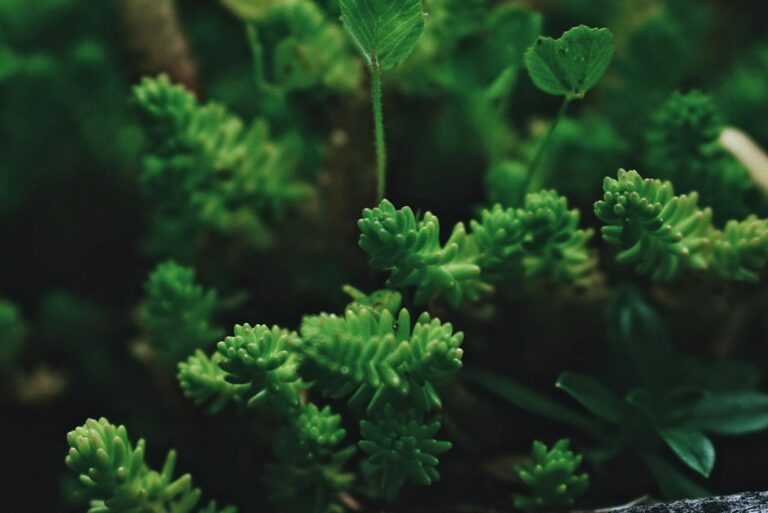
So, the next time you wander past a green roof or a garden corner ablaze with sedum, tip your hat to these masters of the inhospitable. In their world, the terms “too dry,” “too rocky,” or “too tough” simply do not exist. It’s a sedum’s world, and we’re just living in it—thankfully, with a view that’s evergreen and ever resilient.
Sedum in Human-Managed Landscapes
In the quest to adorn our urban oases, sedum has emerged as a star player on the green stage. As we sculpt our environments with an array of botanical performers, this low-maintenance trooper has carved out a niche for itself. But why has sedum become the darling of landscapers and gardeners alike? Let’s dig into the roots of its popularity.
Firstly, these indefatigable plants bring a palette of colour and life to settings that might otherwise be drab expanses of concrete. Take, for example, the sprawling rooftop gardens that crown our eco-conscious cities. Here, sedum is often the go-to choice, transforming barren rooftops into lush, verdant sanctuaries.
Imagine stepping out onto a rooftop garden where sedum varieties like ‘Autumn Joy’ and ‘Gold Mound’ bask in the sunshine, their succulent leaves resilient against drought and their star-shaped blossoms a magnet for pollinators. It’s not just a feast for the eyes; it’s a boon for biodiversity in the heart of steel-clad metropolises.
Transforming the urban landscape doesn’t stop at green roofs. Sedum plants have also infiltrated the more traditional ground-level gardens. Their adaptability makes them ideal contenders for urban garden spaces where soil conditions are less than ideal and maintenance time is at a premium.
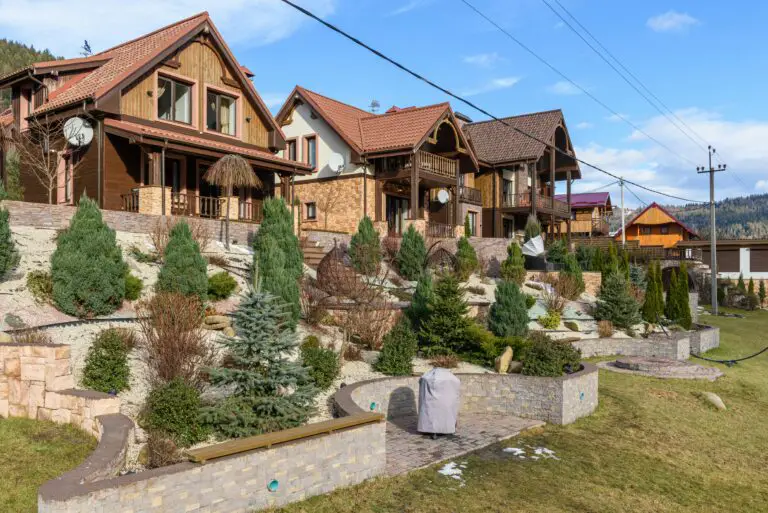
Consider the serenity of walking through a city park, where carefully curated beds of sedum provide a year-round display of texture and form. From the soft hues of ‘Blue Spruce’ to the bold statements of ‘Red Cauli’, these flora champions adapt to their cultivated homes with ease.
It’s not just their colorful and diverse appearances that make sedums such a fixture in our gardens and green spaces; it’s their impressive resilience. Capable of thriving in challenging conditions, they are the unsung heroes providing evergreen beauty that withstands both frost and drought.
In the kaleidoscope of our human-managed landscapes, sedum earns its place by asking so little and giving so much. It is this effortless contribution to the aesthetic and ecological tapestry of our cities that makes sedum not just a plant, but a cornerstone of urban green living.
Conservation and Protection of Sedum Habitats
When it comes to robust survivors in the plant kingdom, sedum species, commonly known as stonecrop, are the unsung heroes thriving in places where many others can’t. However, like any ecological marvel, they face the trials and tribulations of environmental changes and human encroachments. In a plight that resonates with the global conservation community, sedum species are the cornerstone for a diverse array of wildlife and ecosystems.
Efforts to conserve sedum habitats are a patchwork of dedication and strategy, often spearheaded by conservationists and local communities. One such tale comes from the rocky outcrops of the Pacific Northwest, where local groups have rallied to protect sedum havens from the clutches of urban development. Through the establishment of protected areas and advocacy for sustainable land practices, they’ve secured a safe haven for these resilient plants and their associated fauna.
Challenges in protecting sedum habitats are aplenty, ranging from invasive species competing for resources to climate change altering growth patterns. Conservationists often play a botanical chess game, carefully planning their moves to stay one step ahead of these threats. Initiatives such as controlled burns, which may sound counterintuitive, are critical in maintaining the ecosystems where sedum plants flourish—mimicking the natural disturbances that keep their habitats healthy and diverse.
Much like a green tapestry woven into the landscape, sedum habitats are essential for biodiversity. Protecting them goes beyond the scope of preserving a single species; it’s about securing a multitude of interactions that paint the full ecological picture. With each conservation strategy, from legal protections to community stewardship programs, we stitch another thread into the rich mosaic of life that these habitats support.
The importance of preserving natural habitats for sedum species cannot be overstated. They are not just the backbone of their native ecosystems but also key indicators of environmental health. The protection of these habitats is a testament to our shared responsibility to steward the natural world for generations to come. As we move forward, it is the collective action and passion for conservation that will ensure sedum species continue to weather the storms of ecological upheaval.
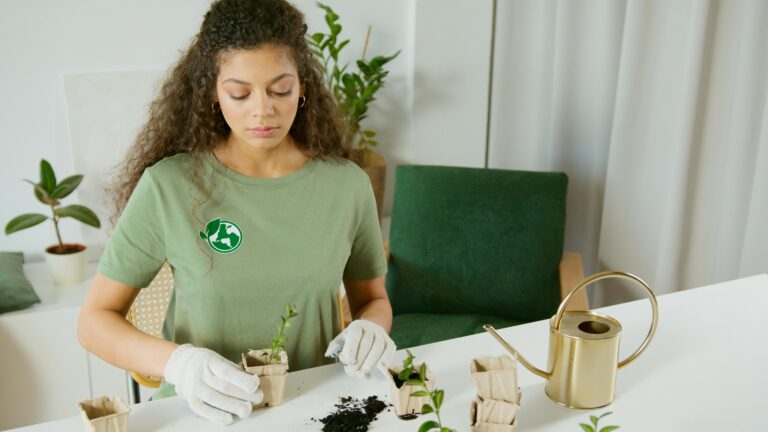
Expanding Your Own Sedum Collection
Hey there, green thumbs and stonecrop aficionados! Ready to explore the world of sedum from your very own home base? Whether you’re looking to create a lush, low-maintenance garden or just want to pepper your space with pots of these resilient beauties, we’ve got the dirt on how to cultivate your own sedum sanctuary.
First things first: picking your sedum squad. With over 400 species rambling over various continents, there’s a sedum out there that will fit perfectly into your personal plot. From the ground-hugging ‘Dragon’s Blood’ to the statuesque ‘Autumn Joy’, these succulent stars offer a range of colors, textures, and forms.
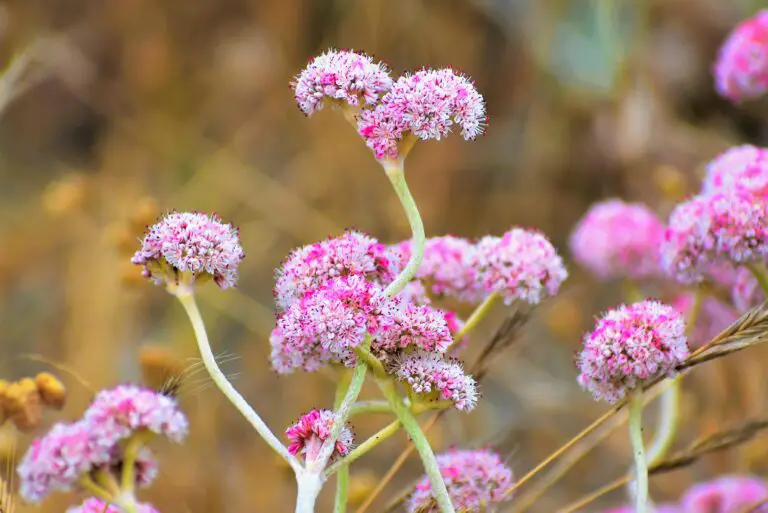
Now, let’s talk real estate. Sedum aren’t too picky about where they put down roots, but they do have a penchant for the sunny side of life. A spot that offers full to partial sun will have your sedums singing. And when it comes to the bedrock of your garden—soil—well-drained is the way to go. Consider adding a mix of sand or gravel for that just-right drainage that sedum so adores.
Planting with Pizzazz
When you’re ready to roll up your sleeves and plant, timing is key. Spring and autumn are prime times for planting sedum, letting them cozy up in their new home just in time to thrive in the warmer or cooler temps. Got your gloves? Great! Space out your plants to give them ample room to stretch out—these are succulents that like their personal space.
The Care and Keeping of Sedum
Once your sedum are settled, it’s all about the easy life. These hardy plants are like the camel of the plant world; they store water in their leaves, meaning they need less of the wet stuff than your average greenery. A sip here and there during dry spells will do the trick. What about snacks, you ask? Go easy on the fertilizer—a light feed once a year is plenty for these low-key lovelies.
And if your thumb isn’t the greenest? No worries. Sedum are natural-born survivors, often bouncing back from garden goofs without missing a beat. In the rare event of a plant-pocalypse (we’ve all been there), sedum cuttings root readily to regenerate your collection.
So there you have it—the simple secrets behind expanding your own collection of sedum. With a smidge of sun, a dash of drainage, and a pinch of patience, you’ll have a thriving display of these daring, drought-tolerant delights in no time. Happy planting!
Frequently Asked Questions
Are you intrigued by the lush, verdant world of sedum? Let’s dive into some of the most common queries about these hardy stonecrops and discover where they thrive both in the wild and in our own backyards.
Where Are Sedum Naturally Found?
Imagine walking on a rocky mountain trail, the sun warming your back, and there they are: little green survivors poking through the pebbles. Sedum, often referred to as stonecrops, are as resilient as nature’s warriors. Prized for their drought-tolerance, these succulents have a global presence. They bask in the Mediterranean sun, squat in the shadows of North American forests, and even add splashes of color to Asian mountaintops. Sedum plants can be found peeking out between the stones on an alpine slope or thriving in the flatlands of an arid desert.
They have an uncanny ability to endure extreme conditions but are also a favorite in coastal gardens where they mingle with sea sprays. Sedums flourish best in well-drained soils where traditional greenery might falter. This adaptability makes them a mainstay in rock gardens and green roofs worldwide.
How Can I Grow Sedum in My Garden?
Got a sunny spot that other plants shy away from? Pop a sedum there, and watch it do its magic. Versatile and requiring minimal fuss, sedums are ideal for gardeners who crave beauty without the toil. Whether it’s ‘Autumn Joy’ brightening up your late-season garden or ‘Goldmoss’ spilling over your garden path like a living carpet, these plants are forgiving and rewarding.
For those with frosty winters, fear not. Sedum also stars in the show of four-season gardens. They laugh in the face of cold, their leaves taking on a flush of pink or purple as the temperatures dip.
And here’s a bit of inspiration for you! Join a garden enthusiast as they plant stunning sedums and discuss the joys of these tenacious plants:
Remember, light is their friend and water is an acquaintance. The bright spot in your garden that’s too inhospitable for most, might just be paradise for a sedum. With a penchant for neglect, they’ll keep on thriving with little more than occasional glances from you.
Why Are Sedums Popular in Modern Landscaping?
The answer is as clear as daylight. Sedums are not just plants; they’re solutions. Looking for a low-maintenance yet attractive groundcover? Sedum has you covered, literally. Concerned about the environmental impact of your garden? Sedums ask for less water, reducing your resource footprint.
These little green warriors are coming to the rescue of green roofs in cities across the globe. With their shallow root systems and drought-resistance, sedums help create urban oases that insulate buildings, curtail stormwater runoff, and provide sanctuaries for bees and butterflies.
With sedum, it’s not just about survival; it’s about thriving in style and contributing to a greener planet. So, whether you’re a seasoned gardener or a curious newbie, let these resilient gems inspire you to create your own slice of sedum haven.


